Photographing the Elusive Ground Squirrel
They don't all live in trees, you know.
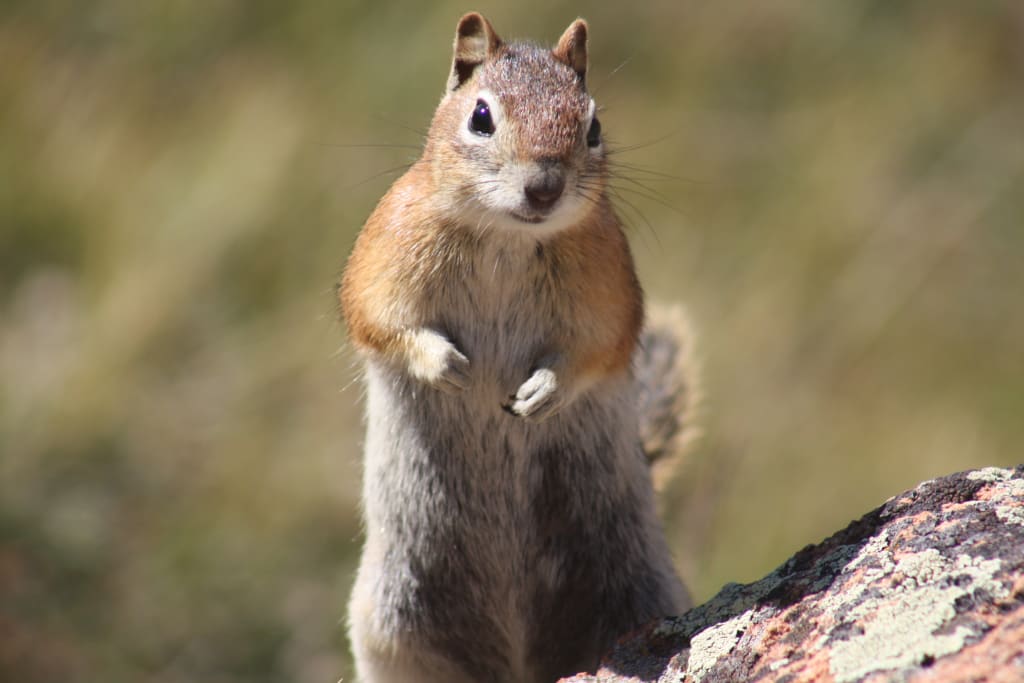
Squirrels are, without question, one of my favorite photo subjects. The advantages are many: Squirrels are extraordinarily common in North America, they are often relatively accustomed to human presence and cuteness potential is very high.
Ground squirrels, as it turns out, are a far trickier breed.
Let's start with the basics: Ground squirrel is a broad class of animals of the family Scuridae which includes the chipmunk, prairie dog and marmot. They vary greatly in size and coloration but all have a body type and diet that are very similar to the familiar tree squirrel. The difference is inherent in the name: Ground squirrels stay on the ground and will rarely take to the trees. They live in burrows in the dirt, in rock piles or - rarely - in dug-out areas next to buildings.
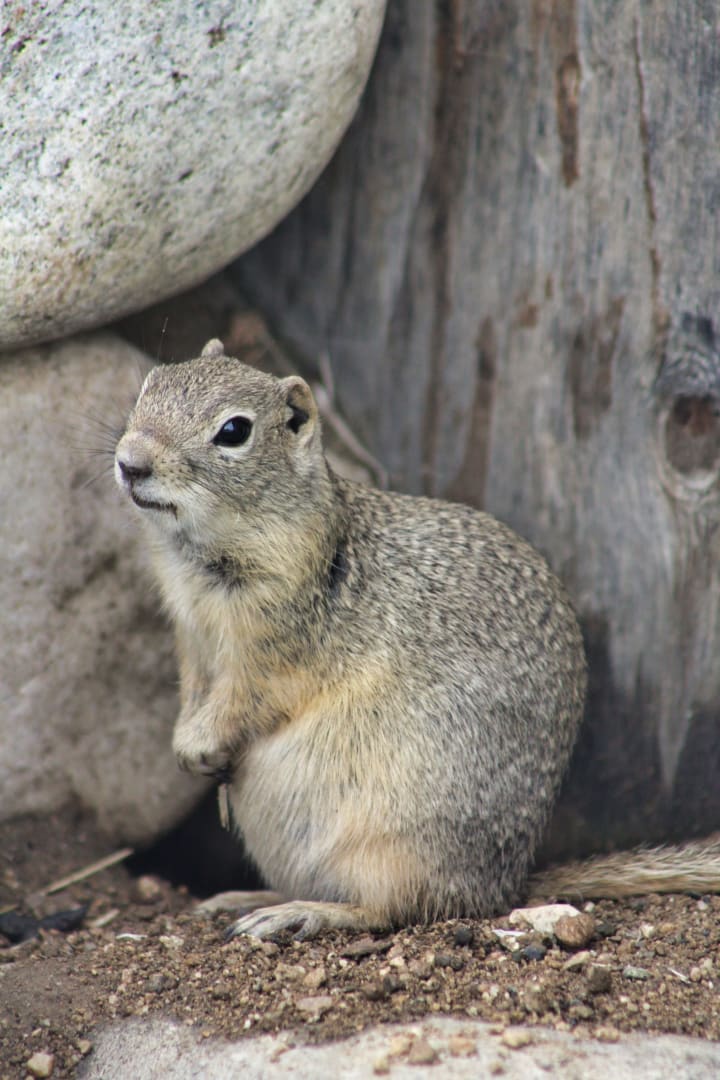
The dwelling presents the problem. Tree squirrels, when frightened, will retreat to the nearest tree. In many cases, a treed squirrel can still be photographed, and if anything it can be easier - if the squirrel feels safe, it will be less likely to keep running. Ground squirrels, on the other hand, will hide out underground when frightened, and that's not conducive to photography.
Depending on where you live, ground squirrels can be tricky to find, as well. The gray squirrel - dominant species in North America - is generally quite easy to spot amid the greenery of a park or lawn. But ground squirrels favor rough terrain, the rocks and scrub brush of the mountains. Spotting a small, dull-colored animal in that is not so easy. The trick is to look for movement, specifically movement very low to the ground. It takes no shortage of time and patience.
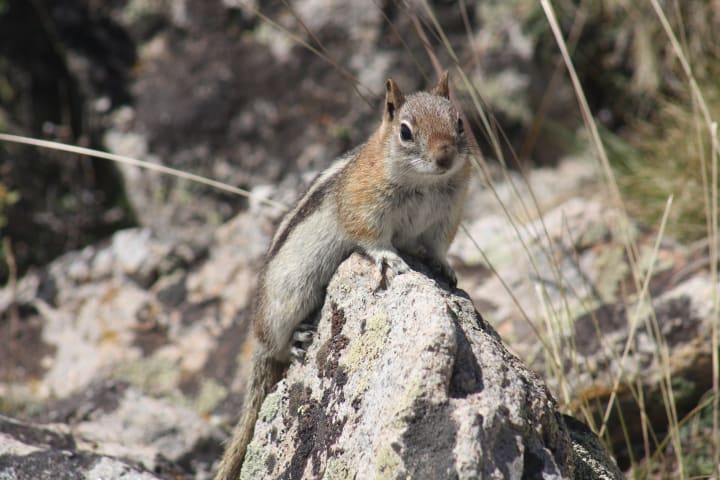
For most people, the chipmunk will be the most familiar of the ground squirrels. These tiny animals - the smallest of the family Scuridae - have a wide range and can be easily spotted by their distinctive stripes.
Their size can make chipmunks a difficult subject, but there are ways to even the score. As with any small and furry subject, chipmunks can be easily bribed with food. In fact, should you find a tourist area with chipmunks - a scenic spot in the mountains, for example - you may find that they are so used to humans that they will come remarkably close just in the hope that you might have seeds or nuts for them.
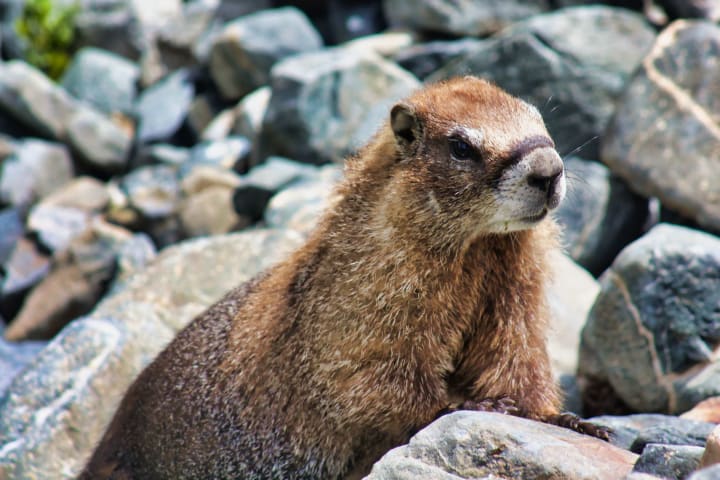
A somewhat more elusive subject is the marmot, the largest of the family Scuridae. Marmots can grow to the size of small dogs, but that doesn't make them any more bold than their smaller kin.
With any wildlife subject, the key is controlling one's movements. An easy mistake to make with any sort of squirrel is raising the camera quickly with outstretched elbows. A good rule of thumb with any animal preyed upon by birds is to avoid doing anything that would make you resemble a hawk. It's true of tree squirrels and it's just as true for the mighty marmot - quick movements ruin the moment.
Standing perfectly still for long periods of time with no guarantee of results may not sound too thrilling to you, but that's all part of the wildlife photography experience. It's an educational experience at that, an experience that teaches one to accept that a result won't always be perfect, but also that taking a risk for a perfect shot is sometimes acceptable. It's worth any photographer taking one day to try it, if only to appreciate what goes into those magnificent National Geographic stills.
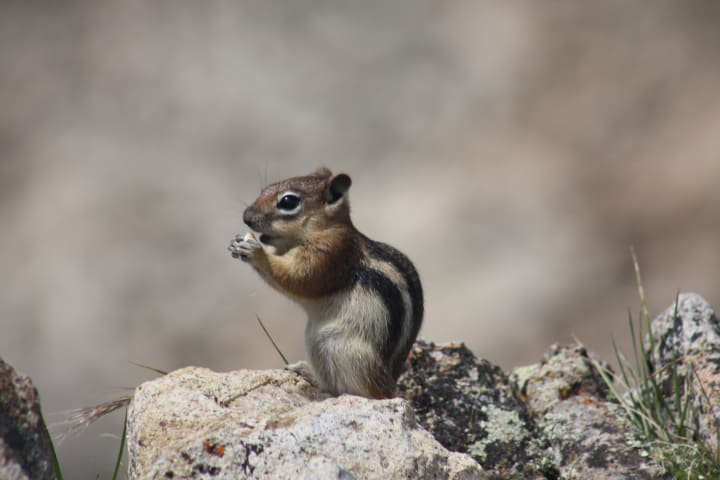
As to ground squirrels, they aren't going to be everyone's ideal subject. To some, they're not exciting enough to merit the difficulty in finding and photographing them.
They are adorable though, aren't they?
About the Creator
Andrew Johnston
Educator, writer and documentarian based out of central China. Catch the full story at www.findthefabulist.com.






Comments
There are no comments for this story
Be the first to respond and start the conversation.